“And life is still thrilling and lovely”: The Story of Katharine Pyle [Part Two]
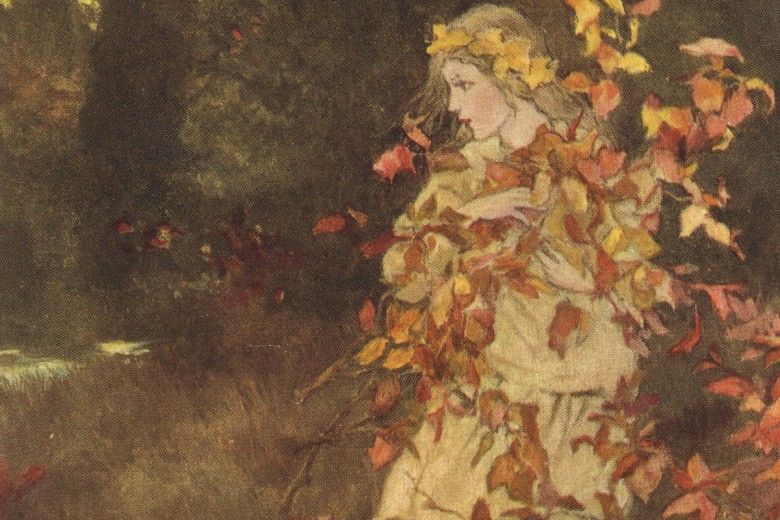
A Passion for Pyle: The Paul Preston Davis Collection, a new digital exhibition from the Brandywine's Annenberg Research Center, is an excellent resource for Howard Pyle enthusiasts and researchers alike! Derived from an extensive collection of archival research materials related to artist Howard Pyle, the Davis Collection was created and donated by local collector and historian Paul Preston Davis. The following blog post is the second in a two-part series written by former Research Center Archivist, Eileen Fay (read part one here) which shines a light on Pyle’s sister, Katharine Pyle—an accomplished author and illustrator in her own right. The Annenberg Research Center contains many books and other publications, including Katharine’s illustrations, from both the Davis Collection and the Diane P. Packer Illustrated Book Collection. Both collections are highlighted in this blog.
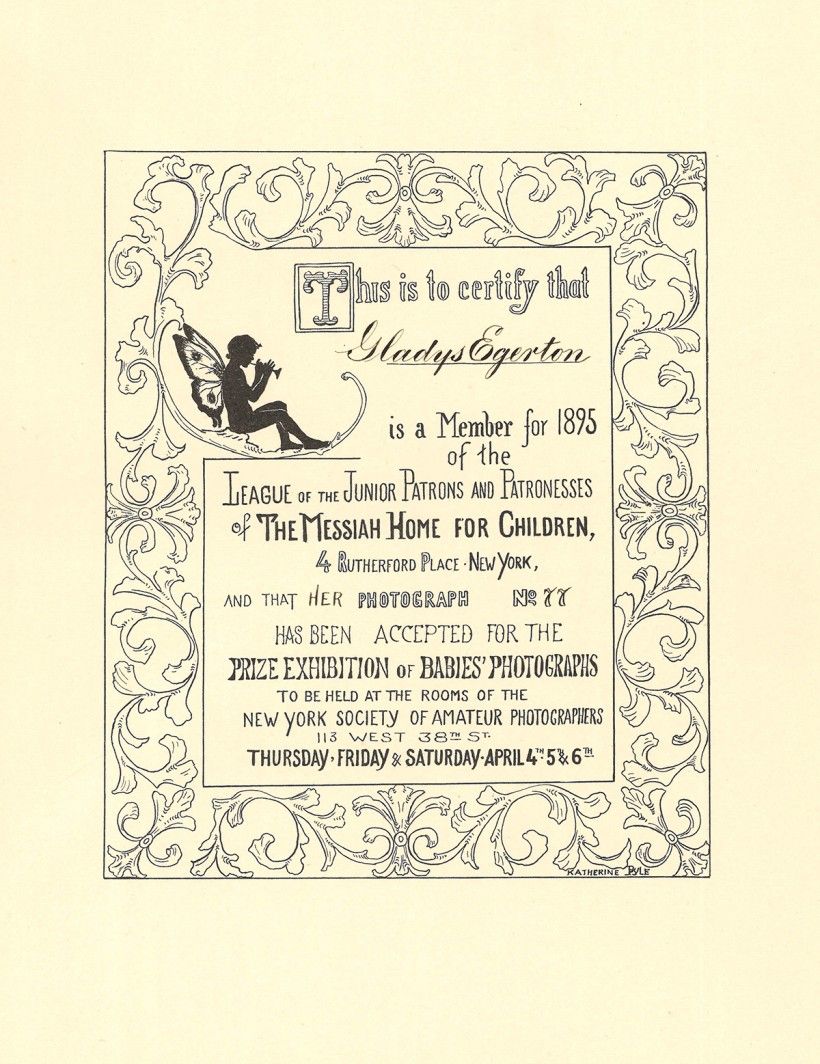
Continuing where Part One of this two-part series ended, Katharine Pyle followed her brother Walter’s advice and returned home to Wilmington, Delaware around 1909. Unfortunately, she was diagnosed with tuberculosis shortly after her return and subsequently spent some eighteen months in a sanitarium in Asheville, North Carolina. Despite her illness, she looked “back to my life in Ashville [sic] with peculiar pleasure. They were such jolly carefree times and so full of laughter.” Once back in Wilmington, Katharine took an interest in the Juvenile Court Association and was instrumental in improving the organization’s finances and securing a Detention Home for delinquent girls, whom she also mentored. She was also involved with the Wilmington Society of the Fine Arts, which was established in 1912 by several Howard Pyle students as the predecessor of the Delaware Art Museum.
In 1911 Katharine partnered with the Delaware Society of the Colonial Dames of America and wrote the children’s history book Once Upon a Time in Delaware. Emily Perkins Bissell was the editor and Howard Pyle student Ethel Pennewill Brown Leach provided the illustrations. Three years later, Katharine illustrated Helen B. Mason’s Once Upon a Time in Rhode Island, a collaboration with the Society of Colonial Dames in Rhode Island.
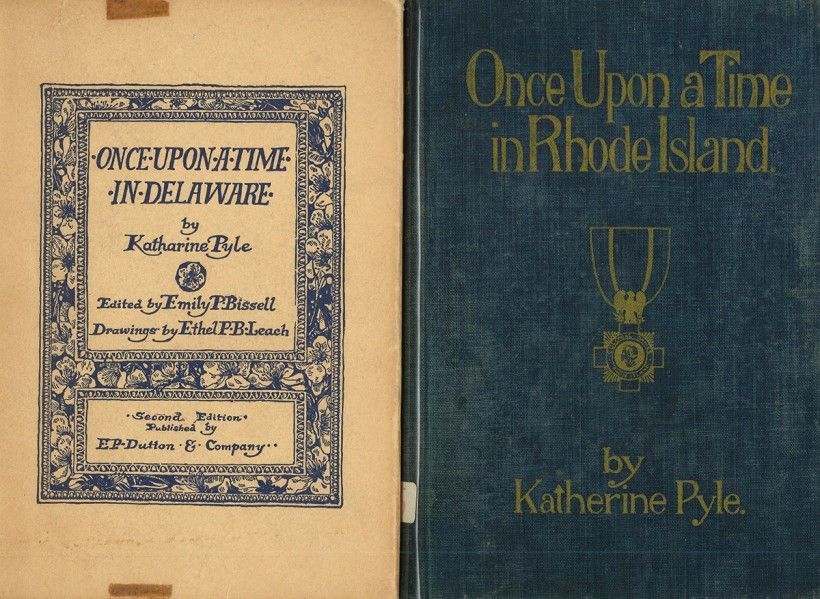
The Service Citizens, an organization formed by Pierre DuPont and headed by Dr. Odell, subsequently recruited Katharine to write a more serious history of Delaware. The offer was so generous that she accepted with little information about what was expected of the project. As her work progressed, however, more demands were made for research-intensive topics she knew little about. First it was the geological formation of Delaware, then it was education, then roads. Finally, Katharine recalled, “I found myself involved not in an anecdotal book but what promised to be a real history." Sadly, the book she had worked so hard on never materialized. “A year or so afterward my nephew, Theodore Pyle [Howard’s son], said to me, ‘Aunt Katharine, I don’t think you have ever been really well since you wrote the Delaware history,’ and as a fact I do not think I had.” At the suggestion of Emily Bissell, the Delmarva Star newspaper serialized a condensed version, entitled “The Story of Delaware: A New and Careful History of Our State,” in 1924. Unfortunately, the original manuscript has been lost.
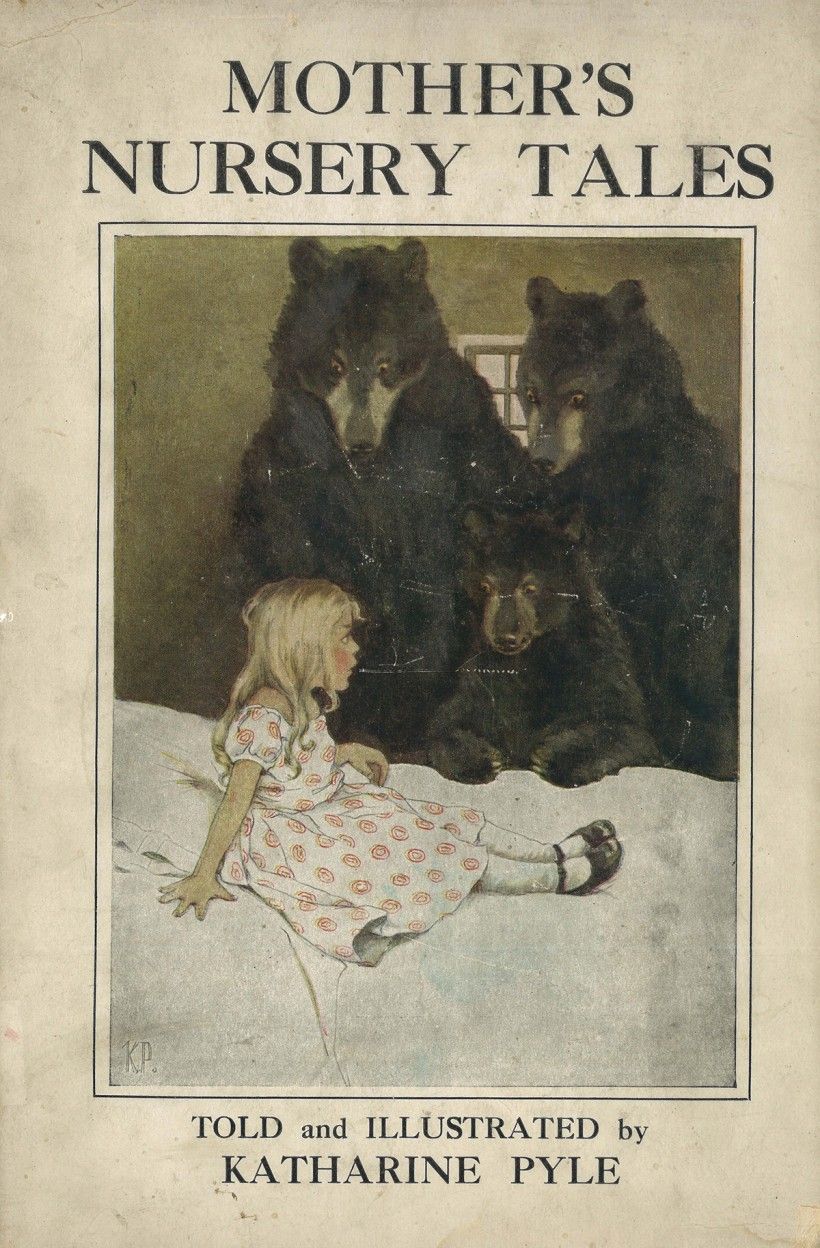
Most of Katharine’s other books from her mature period are compilations of fairy tales. The first of these, Fairy Tales from Many Lands, came out in 1911, followed by Wonder Tales Retold, Mother’s Nursery Tales, and Tales of Folk and Fairies. Katharine’s decision to continue in this genre may have been influenced by Walter’s advice following the deaths of their brothers Clifford and Howard. She recalls:
Walter asked whether I did not think I could turn my mind again to writing books; though they did not bring the immediate return that my drawings did, the royalties on them made them a more lasting source of revenue. He said, -- how clearly I remember it! -- “We have not proved a very long-lived family, at least in this generation and, after I go, you will have nothing but your work to depend on.”
Walter himself died in 1919. “I was in Virginia with Miss Pink when I received a letter from Annie saying that if I wanted to see Walter alive, I must return to Wilmington immediately. […] Walter was gone shortly after I returned to Wilmington.” Unfortunately for his widow Ellen Bernard Thompson Pyle, Walter’s leather business suffered in the post-World War I depression, not unlike his father’s own leather business in the wake of the Civil War. With four children depending on her, “Nellie,” as Katharine called her, quickly resumed her interrupted illustration career and gained notoriety for her Saturday Evening Post covers in the 1920s and 1930s.
Katharine’s ensuing books were Wonder Tales from Many Lands (1920), Tales of Wonder and Magic (1920), Fairy Tales from Far and Near (1922), Fairy Tales from India (1926), Tales from Norse Mythology (1930), and Charlemagne and His Knights (1932). Her last original work was The Black-Eyed Puppy (1923), which was preceded by Lazy Matilda and Other Tales (1921) and Six Little Ducklings (1915).
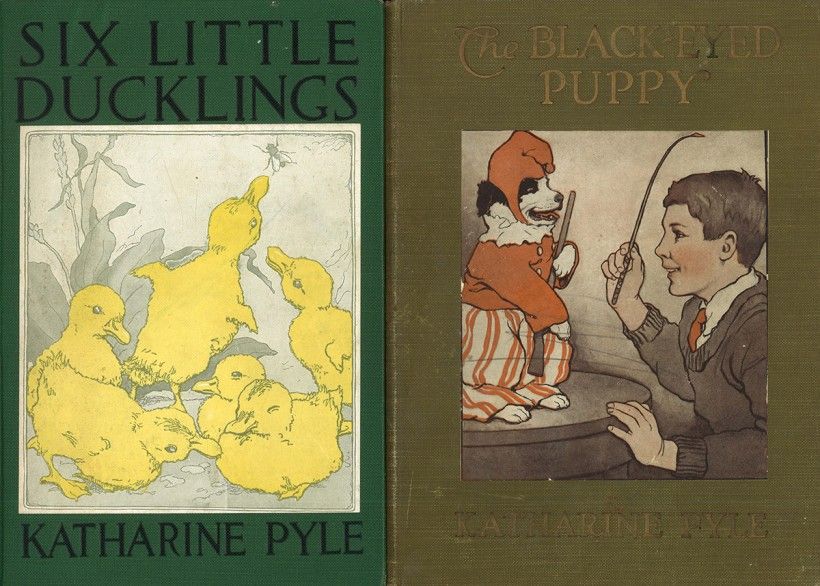
Though Katharine never married or had children, she was close to her nieces and nephews, who called her by the nickname “Gua Gua”. Thanks to them, we know of her lively personality and generosity. Unusually for the time, she was a very independent woman.
In 1935, Katharine Pyle suffered a stroke. She spent the next three years recuperating in various places, including Rehoboth Beach, where the Pyle family had a long history. She completed her memoir in 1937 and was working on a children’s story and a painting at the time of her death at home on February 19, 1938.
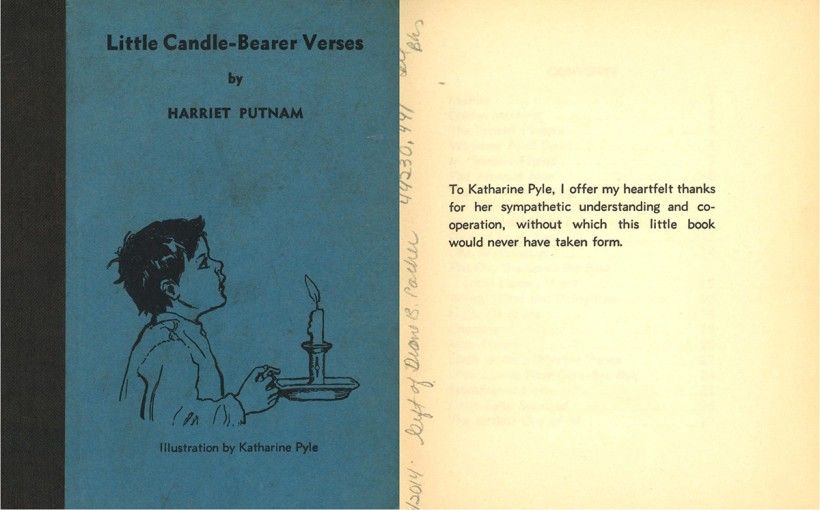
“My niece would like me to end this last word with some verses that I wrote when I was—twenty-eight, I think,” she wrote on the last page of her reminisces. The verses are as follows:
Come kindly dusk!
The stress of life is past,
And I can sit with folded hands
And tranquil heart at last.
Now other, stronger hands,
And hearts more tried and true,
Must do the work I once had dreamed
That I alone could do.
So come kindly dusk,
For I am dull with sleep;
Though God’s worlds spin through endless space
No watch I need to keep.
But, she continued, “I do not feel at all like that. There is work that I still want to do—that I shall shortly do, D.V. [deo volente]. And life is still thrilling and lovely and always there is the hope of ineffably lovelier things to come.”
Click here to read Part One of this series.
Many books written and/or illustrated by Katharine Pyle are available for free online at Project Gutenberg, Internet Archive, and LibriVox (audiobooks).
Lead image: One of Katharine Pyle’s later illustrations: a frontispiece for Elf King’s Flowers by Sarah Phelps Stokes Halkett, a.k.a. “Aunt Sadie” (E.P. Dutton, 1924). From the Diane B. Packer Illustrated Book Collection.